Description
Abstract
The phencyclidine derivative 3-methoxyphencyclidine (3-MeO-PCP) is a potent dissociative hallucinogen. Sought for recreational use as a novel psychoactive substance, it can also induce acute psychological agitation and pathophysiological cardiorespiratory effects. Due to the harms associated with its use, 3-MeO-PCP was added to the “Green List” of materials covered by the 1971 Convention on Psychotropic Substances as a Schedule II substance by the United Nations Commission on Narcotic Drugs in April 2021. There have been 15 previous reports of fatal intoxications following 3-MeO-PCP use, but only one was attributable to 3-MeO-PCP intoxication alone. In this report, we detail the first fatality due to 3-MeO-PCP intoxication to be reported in the UK, along with a review of the surrounding literature. While the blood concentrations associated with 3-MeO-PCP toxicity and fatality remain unclear, by providing details of sample collection and storage conditions, this case will aid in future interpretations. Furthermore, this case suggests that 3-MeO-PCP toxicity may be exacerbated by exercise. Users of 3-MeO-PCP should be cautioned against its use as a “club drug” or in a similar setting where elevations in heart rate, body temperature and blood pressure may occur. salicylic acid
3-Methoxyphencyclidine (3-MeO-PCP) is a dissociative hallucinogen, with effects similar to phencyclidine (PCP), ketamine and methoxetamine. It was first synthesized in 1979 but has no known medicinal use and was “rediscovered” as a novel psychoactive substance in April 2011 (1, 2). 3-MeO-PCP is usually taken either orally or nasally or smoked with the speed of onset of effects depending on the route of administration. After oral use, effects usually manifest within 30–90 min, lasting 4–12 h (2, 3). 3-MeO-PCP can cause acute psychological (e.g., behavioral changes, hallucinations and dissociation) and physical (e.g., hypertension, mydriasis, agitation and tachycardia) effects and at higher doses can lead to acute intoxication (2, 3). Since 3-MeO-PCP became available online, it has been found in drug samples in Italy (4) and the UK (5). The drug checking service, Welsh Emerging Drugs & Identification of Novel Substances, tested nine drug samples between June 2014 and June 2020 where the purchase intent was 3-MeO-PCP (6). In seven of the, 3-MeO-PCP was detected, but in two samples, N-ethylhexedrone and ketamine were the major components.
3-MeO-PCP (Figure 1a) is an arylcyclohexylamine with a structural isomer, 4-MeO-PCP (Figure 1b), known as “methoxydine,” which is less potent than 3-MeO-PCP but is a hallucinogen and has also been detected in toxicology cases (1, 7) and reported in hospitalizations. Although they have identical mass, discrimination between them is possible using mass spectrometry but requires analytical drug standards of both compounds,

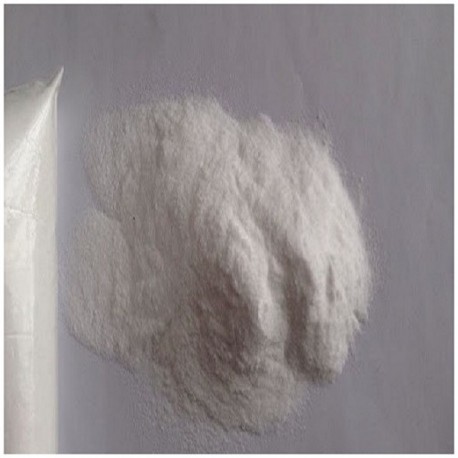
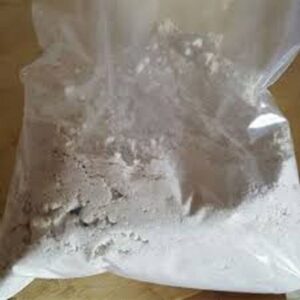
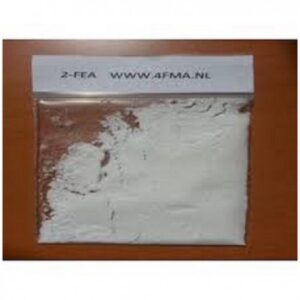
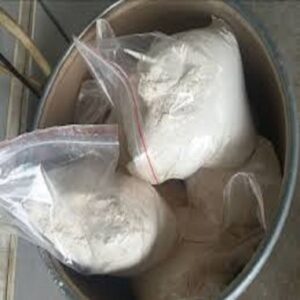
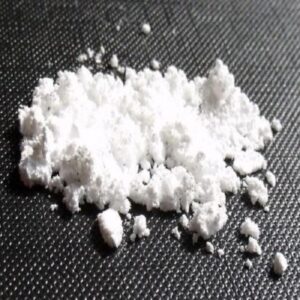
Reviews
There are no reviews yet.